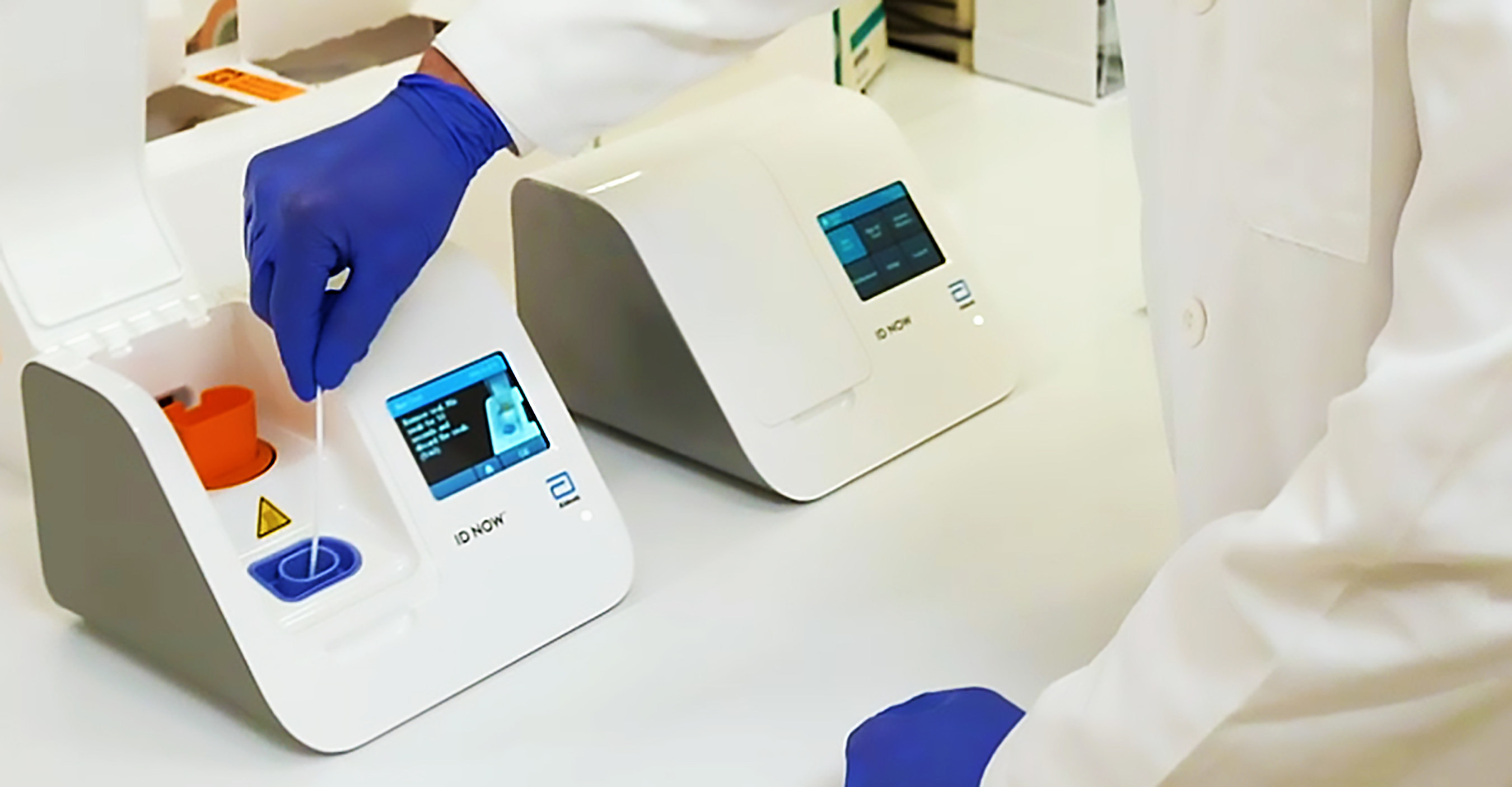Rapid Antigen Test for Porcine Reproductive and Respiratory Syndrome Virus (PRRSV)
The Rapid Antigen Test for Porcine Reproductive and Respiratory Syndrome Virus (PRRSV) is a critical tool in the diagnostic arsenal of veterinarians, quality managers, and compliance officers within the agricultural sector. PRRSV is one of the most economically significant pathogens affecting swine herds worldwide. It can cause severe reproductive losses such as late-term abortions, stillbirths, mummified fetuses, and respiratory distress syndrome (RDS) in piglets. The rapidity and accuracy of diagnosing this virus are paramount to minimizing its impact on herd health and productivity.
The test uses an antigen capture method that specifically targets the PRRSV nucleocapsid protein. This approach ensures high specificity and sensitivity, making it a reliable choice for early detection. The test is designed to be used at the point of care (POC), which means it can be administered in various settings including on-farm veterinary clinics, research facilities, and diagnostic laboratories.
The development of this rapid antigen test aligns with current trends towards more efficient disease management strategies. By enabling quicker identification of infected animals, farmers and veterinarians can implement targeted treatment plans early in the infection cycle. This not only reduces the spread of PRRSV but also allows for better resource allocation—treating only those individuals who are truly affected rather than treating entire herds prophylactically.
The test is characterized by its ease-of-use, requiring minimal training to operate effectively. Despite being simple to perform, it maintains a high level of accuracy comparable to more complex laboratory-based tests. This balance between simplicity and precision makes the PRRSV rapid antigen test an invaluable resource for maintaining herd health in various operational scales from small-scale farms up to large commercial operations.
The speed at which results are obtained is another key advantage of this technology. Results can typically be reported within 15-20 minutes, allowing for immediate action to be taken once an infection has been confirmed. Early intervention reduces the duration and severity of outbreaks significantly, thereby minimizing economic losses associated with PRRSV.
Another significant benefit is its cost-effectiveness compared to traditional PCR-based methods used in diagnostic laboratories. While not as sensitive or specific as nucleic acid amplification techniques, rapid antigen tests are less expensive per test run and do not require sophisticated equipment such as real-time qPCR machines or specialized reagents. This makes them accessible even for smaller farms where budget constraints may limit access to advanced diagnostics.
Applied Standards
| Standard Code | Description |
|---|---|
| ISO 15180:2016 | Sensitivity and specificity testing of in vitro diagnostic medical devices for the detection of PRRSV. |
| AAMI/ANSI A58.3-2014 | Detection performance characteristics of antigen tests intended to detect PRRSV antigens. |
The rapid antigen test for PRRSV adheres strictly to international standards that ensure its reliability and accuracy. Compliance with these guidelines guarantees consistent quality across different batches manufactured by various suppliers. For instance, ISO 15180:2016 specifies stringent criteria for the sensitivity and specificity of diagnostic tests targeting PRRSV. It mandates rigorous validation studies involving both positive and negative controls to demonstrate that the test correctly identifies infected samples while avoiding false positives.
AAMI/ANSI A58.3-2014 focuses on defining performance characteristics such as limit of detection, dynamic range, and cross-reactivity with other related pathogens like PRV (Porcine Parvovirus) or SIV (Swine Influenza Virus). These standards help manufacturers optimize their test kits so they perform consistently under diverse environmental conditions encountered during field use.
Scope and Methodology
| Methodological Component | Description |
|---|---|
| Sample Collection | PRRSV samples are collected from live animals using swabs or needles depending on the site of infection. |
| Preparation | Samples undergo minimal processing before being introduced into the test cartridge. They must be free from debris and excessive moisture to ensure accurate readings. |
| Testing Procedure | The test strip is dipped into the prepared sample, allowing antibodies bound to the PRRSV nucleocapsid protein to bind to immobilized antigens on the membrane. Positive reactions result in visible lines indicating presence of virus particles. |
The scope and methodology of performing a rapid antigen test for PRRSV encompass several key steps which are critical for ensuring accurate results every time. Proper sample collection is crucial; it involves swabbing nasal passages or collecting blood samples from affected animals. Once collected, these specimens need to be processed carefully without introducing contaminants that could interfere with the assay.
Preparation of the specimen includes diluting whole blood samples if necessary and ensuring they are not overly diluted. This step ensures sufficient concentration of viral antigens available for detection by antibodies within the test strip. After preparation, the sample is introduced into the cartridge where it interacts with immobilized monoclonal antibodies specific to PRRSV nucleocapsid proteins.
The interaction between bound antigens and antibodies produces a colored line on the display window if sufficient levels of viral antigen are present in the specimen. This visual indicator provides an immediate indication whether or not the tested animal was infected with PRRSV at the time of sampling. It’s important to note that while this test detects active infections caused by live virus particles, it does not differentiate between past and current infections.





